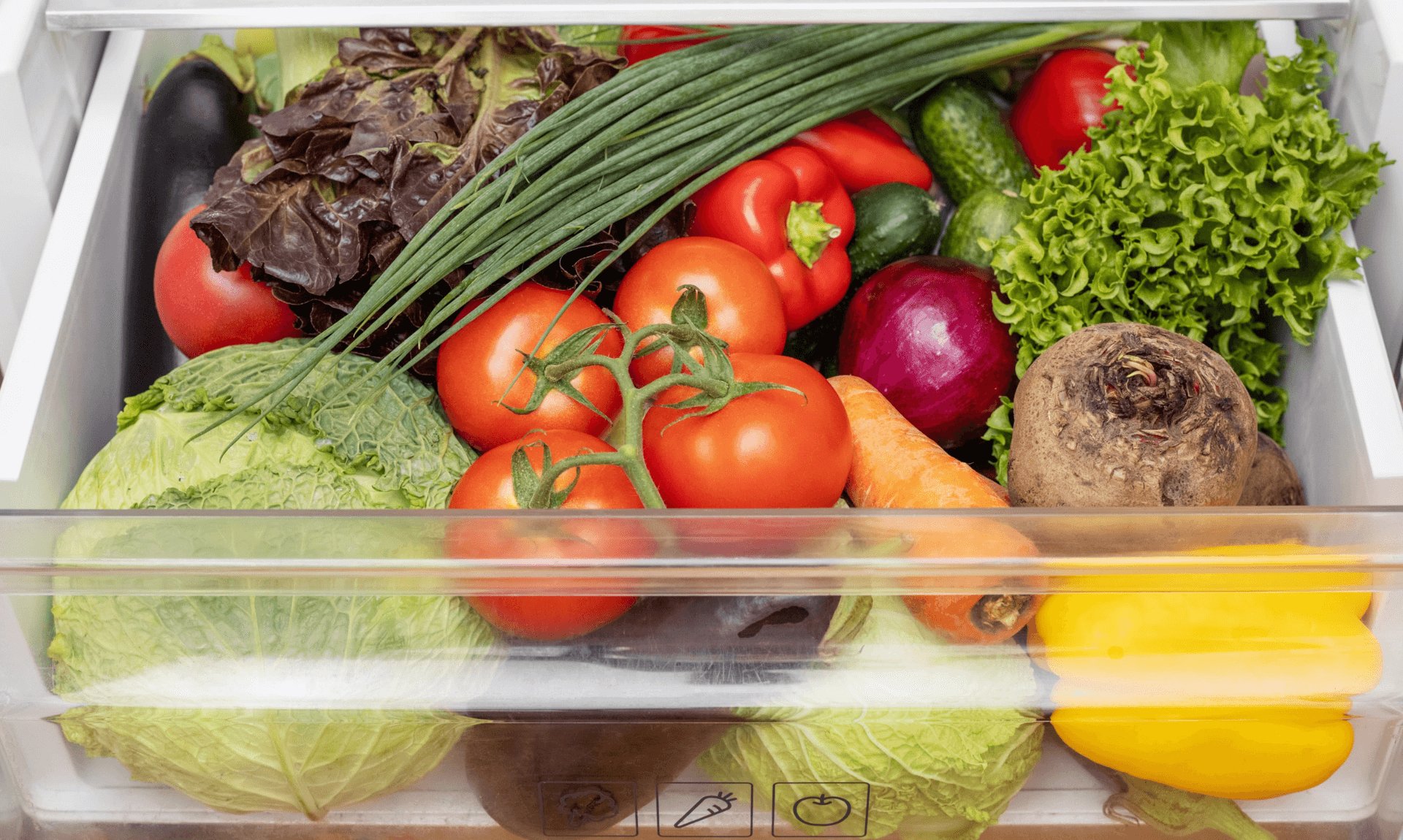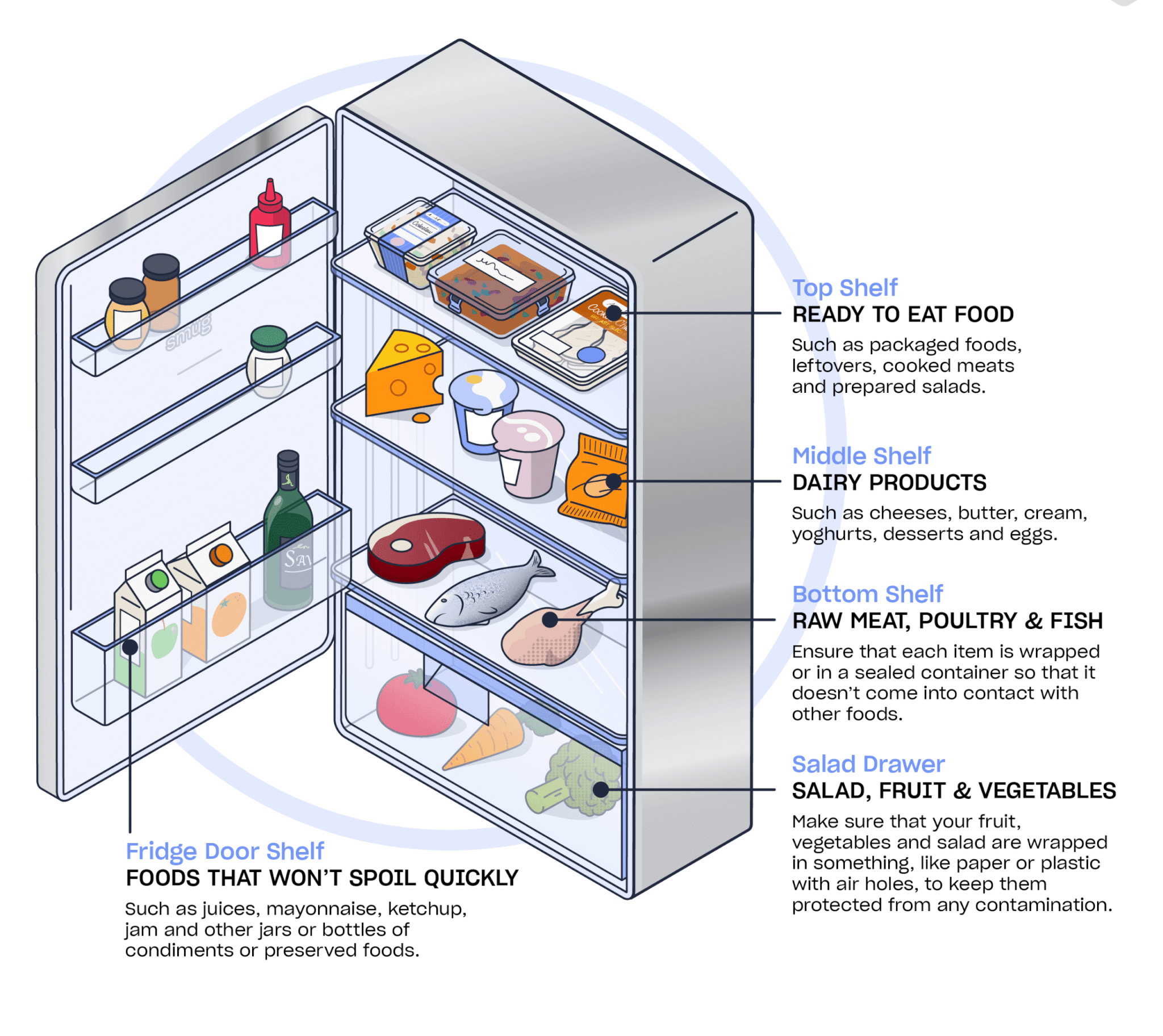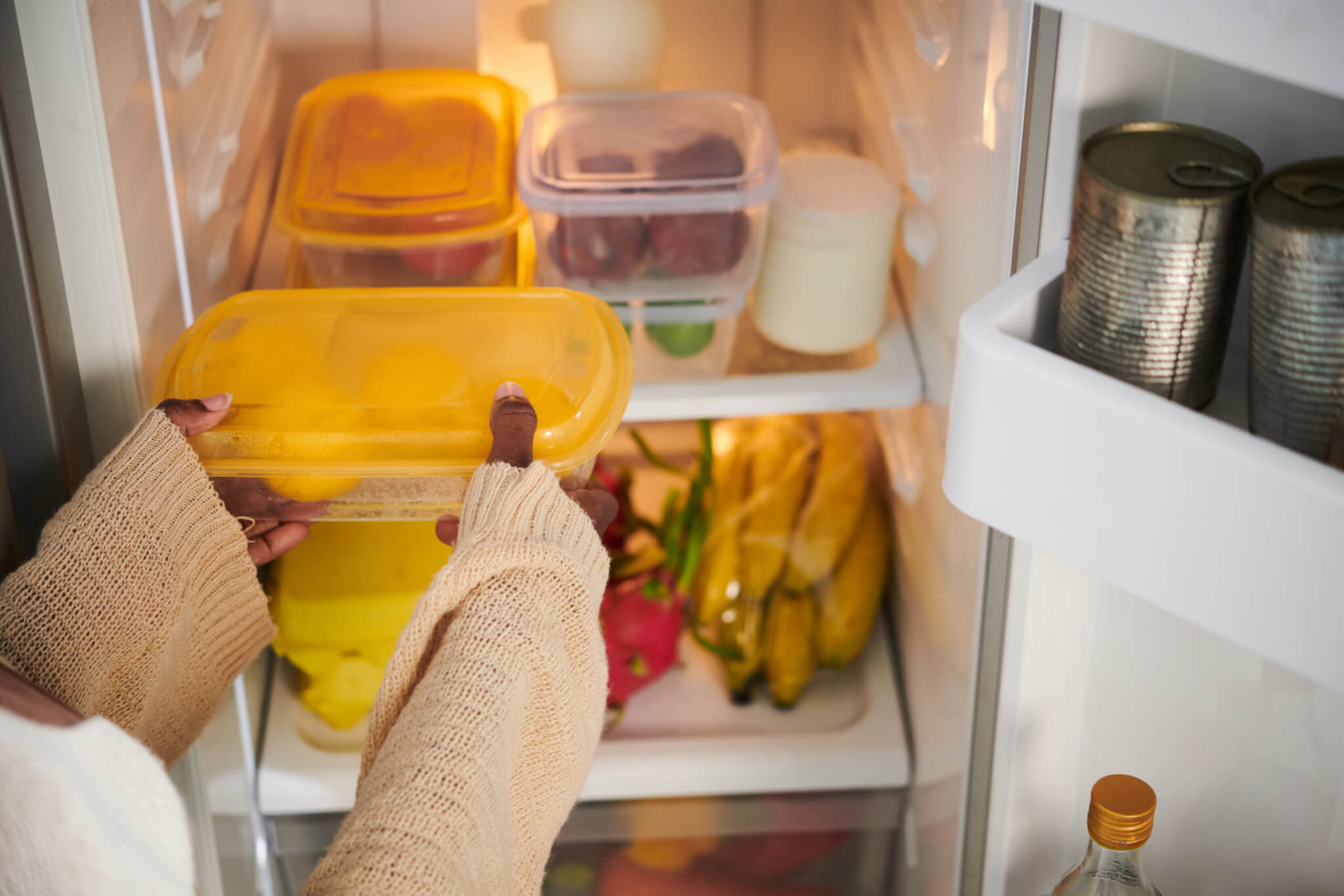Food Hygiene Expert Shares Advice on How to Organise Your Fridge Safely
Knowing where to place your food in the fridge could make all the difference when it comes to keeping it safe to eat, according to food hygiene training experts at High Speed Training.
Dr Richard Anderson, Head of Learning and Development at High Speed Training, has shared key advice on how to correctly organise your fridge to reduce the risk of cross-contamination and food spoilage.
Why It Matters
Storing food correctly prevents harmful bacteria from spreading between raw and ready-to-eat foods. Different areas of the fridge are designed for specific types of products, helping to keep food fresher for longer.
Dr Anderson said: “Most domestic fridges come fitted with internal shelves, a drawer, and storage compartments. If foods aren’t stored correctly, you run the risk of cross-conamination between raw or unprepared foods and those that are ready-to-eat, and also from allergens. This could lead to serious safety concerns.”
The Top Shelf
The top shelf should be used for ready-to-eat foods such as packaged items, leftovers, cooked meats and prepared salads. Dr Anderson said these should always be covered or sealed in containers to prevent contamination.
“Ready-to-eat foods are stored at the top of the fridge, away from raw foods, so that harmful bacteria cannot transfer from the raw food to the cooked food,” he explained.
The Middle Shelf
The middle shelf is best for dairy products like cheese, butter, cream, yoghurts, desserts and eggs. Dr Anderson advised keeping cheeses wrapped or in containers to stop them drying out. He also noted that dairy products should be stored here rather than in the fridge doors, where the temperature fluctuates more.
The Bottom Shelf
The bottom shelf is the coldest part of the fridge and should be used for raw meat, poultry and fish in sealed containers. Dr Anderson said raw meats should always be stored here to prevent any juices from leaking onto food stored below.
The Salad Drawer
Fruit, vegetables and salad items should be kept in the salad drawer, washed and wrapped before storing. “Make sure that your fruit, vegetables and salad are wrapped in something, like paper or plastic with air holes, to keep them protected from any contamination,” Dr Anderson said.
“For salads and herbs, try wrapping them in a damp paper towel before storing to prevent them from drying out and keep them fresher for longer.”
Fridge Door Shelves
The refrigerator door is the warmest area and should be reserved for items with a longer shelf-life, such as juices, mayonnaise, ketchup, jam and condiments.
Dr Anderson added: “It’s important to ensure that your fridge is never overloaded, as you are in danger of blocking the cooling unit that will chill your food or the door may not close properly. Air needs to be able to circulate around the food in order to chill it effectively.
“Also, newly bought food should always be placed behind the food that’s already in the fridge. This helps ensure you eat foods before they go out of date, reducing food waste.”
Share This Story, Choose Your Platform!
To keep up with the latest cornish news follow us below
Follow CornishStuff on Facebook - Like our Facebook page to get the latest news in your feed and join in the discussions in the comments. Click here to give us a like!
Follow us on Twitter - For the latest breaking news in Cornwall and the latest stories, click here to follow CornishStuff on X.
Follow us on Instagram - We also put the latest news in our Instagram Stories. Click here to follow CornishStuff on Instagram.
You Might Also Be Interested In
Don’t Miss What’s Happening in Cornwall
Join others in Cornwall by receiving the latest daily news in Cornwall, sent direct to your inbox.






























